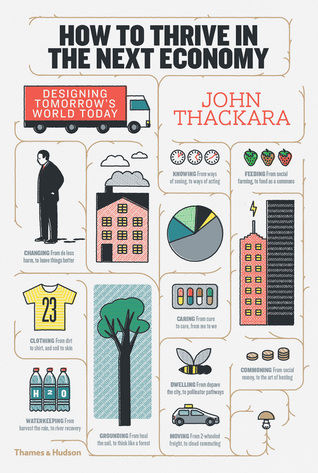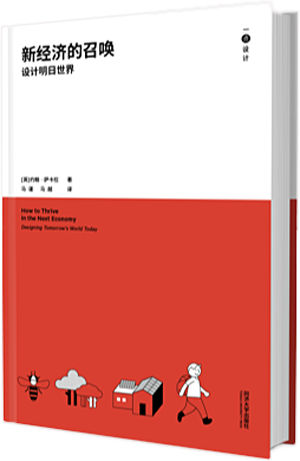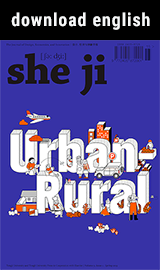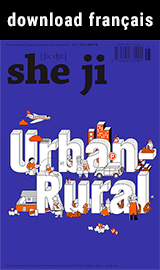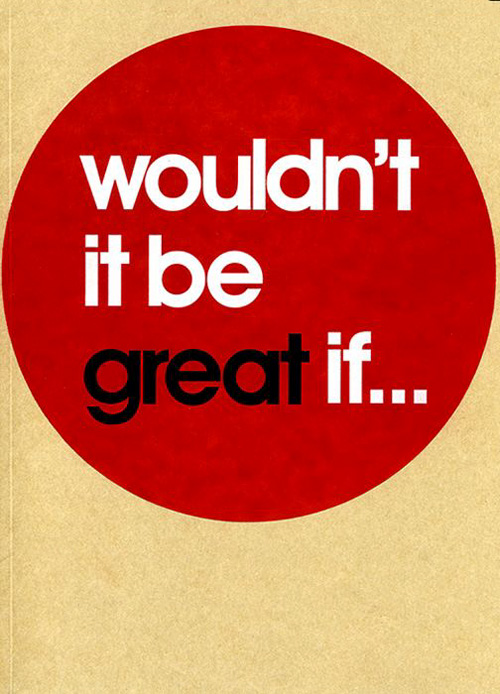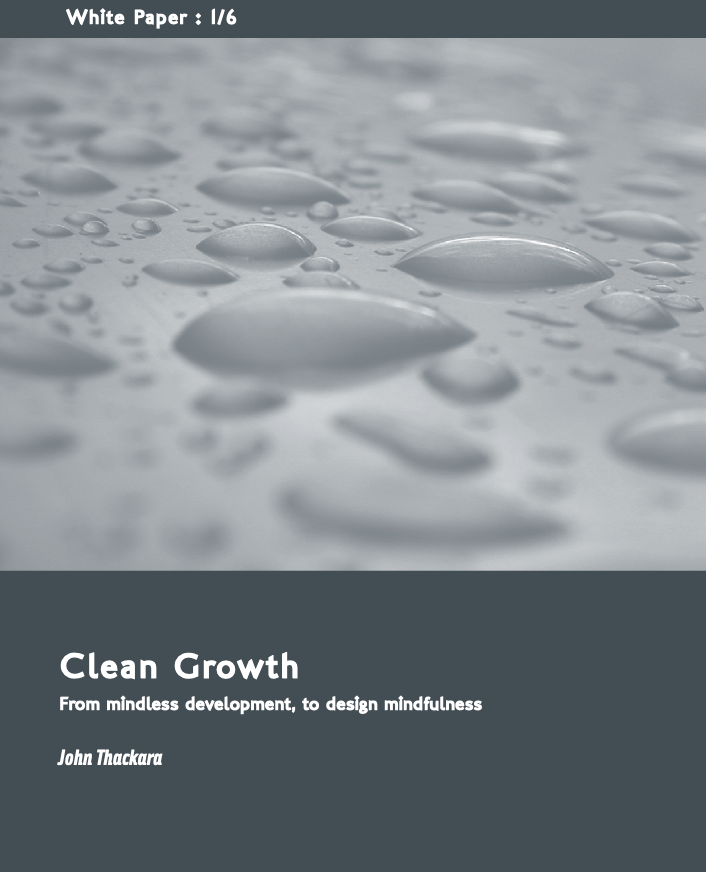How to Thrive in the Next Economy
Designing tomorrow’s world today
Drawing on a lifetime of travel in search of real-world alternatives that work, I describe how communities the world over are creating a replacement, leave-things-better economy from the ground up.
Each chapter is about creative ways to tackle timeless needs that matter: restoring the land, sharing water, making homes, journeying, growing food, designing clothes, journeying, and caring for each other. I write of soil restorers and river keepers; seed savers and de-pavers; cloud commuters and e-bike couriers; care farmers; food system curators; fibershed stewards; money designers and more.
Read together, these examples add up to a joyful new story about what an economy is actually for. In place of an obsession with stuff, money, and endless growth, the book describes social practices that do more with less, and cherish all-of-life, not just human life. Growth, in this new economy, means soils, biodiversity and watersheds getting healthier, and communities more resilient. Its core values are stewardship and health, in place of extraction and decay.
Reviews
“The vision in this book has the potential to transform our culture” Fred Kirschenmann
“Marvelous – so much to think and talk about at every point” Robin Murray
“No 3 in our top books for winter” Shareable
“Our powerhouse reading list for this year” Forum for the Future
“Radical, relevant and accessible” Konst/Ig Books
“One of the most optimistic guidebooks for the future” Core77
“Gives meaning and purpose to young people” The Dirt
“Clear-eyed but ultimately optimistic” San Francisco Book Review
“A visionary yet practical guide” Green Living
“Optimistic without being naive or utopian” Deco
“Addresses the ‘why’ of economic activity we’ve been lacking” Publishers Weekly
“Optimistic – small examples with potential to grow into something new” STBY Amsterdam
“A multitude of small actions that work” Abitare
5 Star shouts on Amazon
“difficult to put down- a refreshing, powerful read” …
“a brilliant book – excellent questions, sound research, new directions for the near future”
“life changing, thought provoking” …
“eye-opening book – hope in the future if we start taking action now” …
“an Inspiring view of the future” …
“fabulous!!! This inspiring & great book puts a real perspective on connectivity” …
“a great inspiration” …
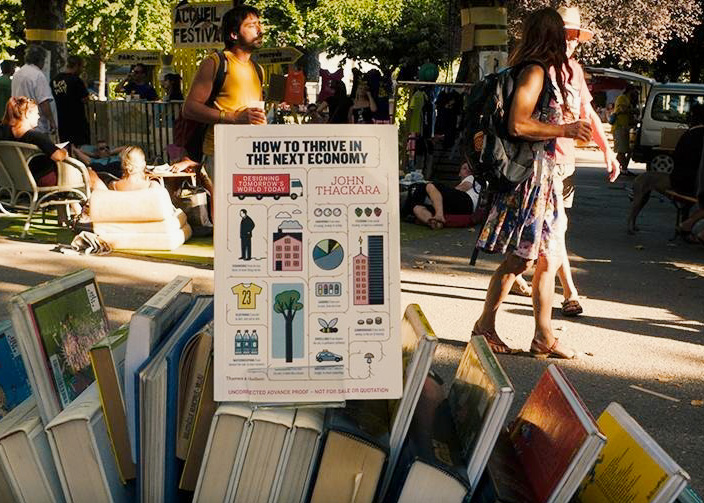
Twitter Shouts
“Light in the gloom” Hugh Knowles
“Restores my faith in humanity” Amy Twigger Holroyd“
An economy in which life is valued more than money” Warren Hatter
“Buy this book! It is wisdom incarnate” Ed Gillespie
“Fab – explains why change is essential” Kate Fletcher
“How the small be connected together to make the big” Verge
“Fertile for microbusinesses” Upstarting
“Escape from an economy that devours nature” Better Sydney
“Brilliant: how communities around the world are building the next economy” Natalya Sveriensky
“A must read for #socialimpact: An economy in which life is valued more than money’ Design Matters
“Leaving things better – growing a replacement economy from the ground up” SustainAbility
“Amazing: full of data and real life experiences. Time to make a change” @LustForL1fe
“Full of aspiration & ambition” Howard Silverman
“A cause for celebration” Rory Hyde
“A must-read” Andrew Zolli
“Excited to see the future again” Lavrans Lovlie
“it’s great. I just ordered four” Chris Luebkeman
“a smart read” Marcus Kirsch
“Shows a new, upbeat world story taking shape” Form
“A new economy that does not need to grow at all costs” The Guardian
“Stacked full of examples that spark turnaround action” P2P Foundation
“Enlightening…thoughtful vignettes… Recommended.” Choice
“local resilience – and global flows of information. Recommended ” ReStart
Translations, How to Thrive
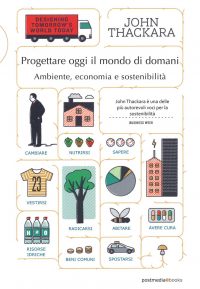
cover: Italian
Progettare oggi il mondo di domani – Ambiente, economia e sostenibilità
postmediabooks.it
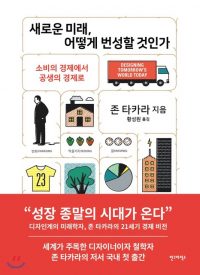
cover: Korean
Korean edition from Ahn Graphics
새로운 미래, 어떻게 번성할 것인가 : 소비의 경제에서 공생의 경제로
global.gmarket.co.kr
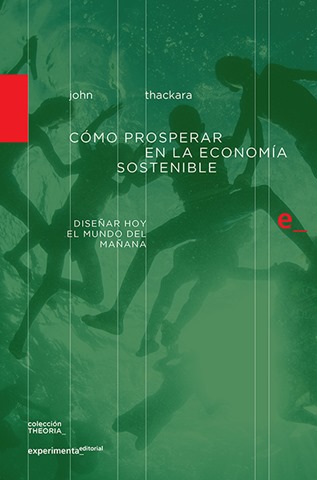
cover: Spanish
(…) para comprender la relación entre diseño e innovación social en el necesario empeño por construir un futuro sostenible. experimenta.es
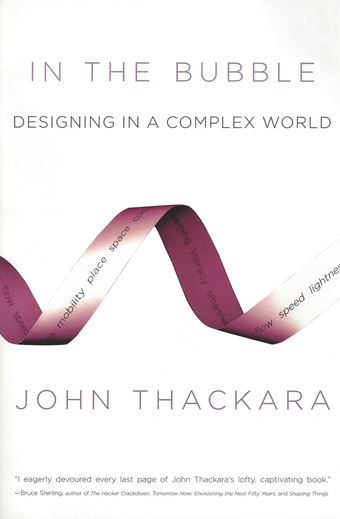
Publisher: The MIT Press
332 pp. Paperback
9780262701150
Published: February 17, 2006
also available as ebook at
penguinrandomhouse
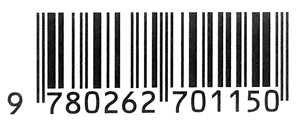
In the Bubble
Designing in a Complex World
We’re filling up the world with technology and devices, but we’ve lost sight of an important question: What is this stuff for? What value does it add to our lives? In the Bubble is about a world based less on stuff, and more on people.
In the Bubble is about a world based less on stuff and more on people. Thackara describes a transformation that is taking place now—not in a remote science fiction future; it’s not about, as he puts it, “the schlock of the new” but about radical innovation already emerging in daily life. We are regaining respect for what people can do that technology can’t. In the Bubble describes services designed to help people carry out daily activities in new ways. Many of these services involve technology—ranging from body implants to wide-bodied jets. But objects and systems play a supporting role in a people-centered world. The design focus is on services, not things. And new principles—above all, lightness—inform the way these services are designed and used. At the heart of In the Bubble is a belief, informed by a wealth of real-world examples, that ethics and responsibility can inform design decisions without impeding social and technical innovation.
“John Thackara’s brilliant book about quotidian design describes innovation driven by social fiction instead of science fiction.” Paul Hawken
Design with a conscience: that’s the take-home message of this important, provocative book. John Thackara, long a major force in design, now takes on an even more important challenge: making the world safe for future inhabitants. We need, he says, to design from the edge, to learn from the world, and to stop designing for, but instead design with. If everyone heeded his prescriptions, the world would indeed be a better place. Required reading—required behavior. Don Norman, Nielsen Norman Group
Reviews, In The Bubble
The San Francisco Chronicle
“In the Bubble is often delightful, stimulating and surprising. Thackara may well emerge as a visionary voice for the wired era. For planners, designers and anyone with an interest in the future, this book is a rich resource of inspiration, ideas, and guiding principles as well as sharply observed cautionary tales. It suggests that what the tech revolution most needs, and may already be moving toward, is a sense of purpose.” Read the whole article
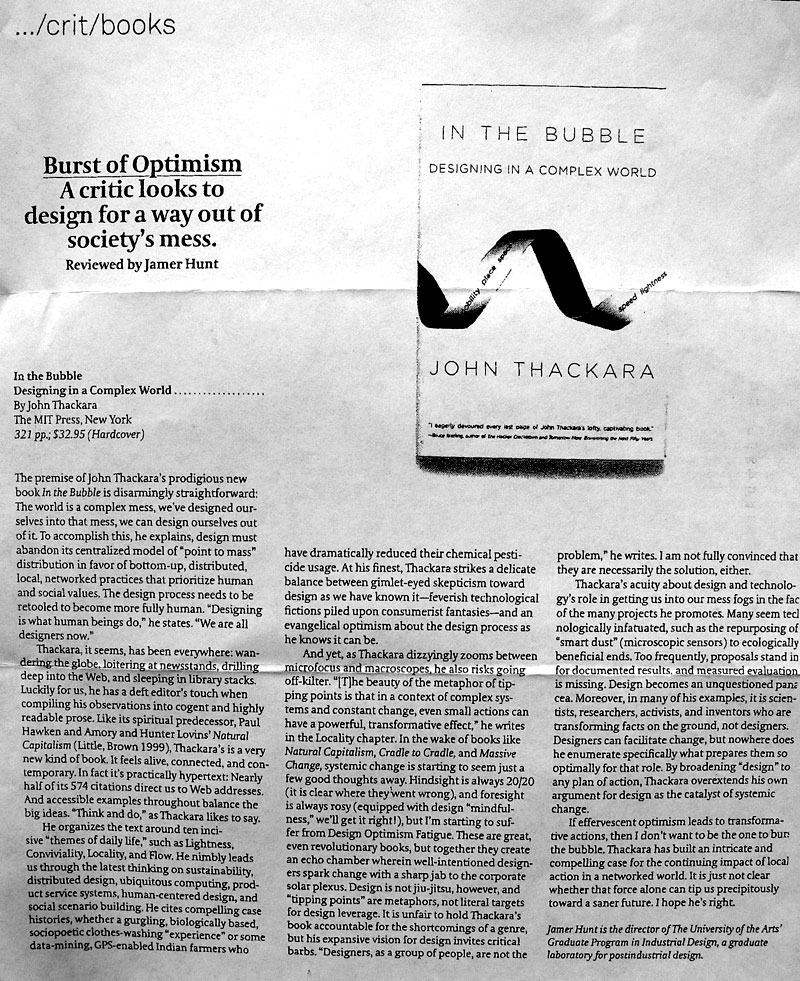 In the october issue of ID magazine Jamer Hunter writes: “(…) Thackara’s is a very new kind of book. It feels alive, connected and contemporary. In fact it’s practically hypertext, nearly half of its 574 citations direct us to web addresses. And accessible examples troughout balance the big ideas”.
In the october issue of ID magazine Jamer Hunter writes: “(…) Thackara’s is a very new kind of book. It feels alive, connected and contemporary. In fact it’s practically hypertext, nearly half of its 574 citations direct us to web addresses. And accessible examples troughout balance the big ideas”.Unfortunately the article is not available online but here’s an image of it (clicking takes you to the full size version).
Heyblog (Andrew Otwell)
John Thackara is has made some great contributions to design without ever having designed a thing. His new book “In the Bubble: Designing in a Complex World” is largley a result of his work over the last 10+ years as the “symposiarch” of the Doors of Perception conference. At those conferences, his role has been to ask the right questions, and to describe the context in which various design problems reside. It might sound like “asking the right questions” is a trivial, simple or even irrelevant job. It is not. Thackara’s point in “In the Bubble” is that the context has become so complex, fast-moving, global, and even invisible, that design has become a wholly different field than it has been in the past. In a readable mix of statistics, anecdotes, and analysis, Thackara details problems of sustainability, environment, population, and sprawl as problems of design.
Read the whole article at www.heyotwell.com
Institute for the Future (Alex Soojung-Kim Pang)
Notes of a talk John Thackara just gave at IDEO. John’s latest book, In the Bubble: Designing in a Complex World, is just out. Big idea: We used to think that innovation starts where technology starts. That’s changing now. Innovation starts with groups of people who possess tools to link up with each other, to locate and track things, and to coordinate actions between people, objects, and places. The challenge for designers is to figure out how to do their work in ways that supports this trend.
Read the whole article at future.iftf.org
Working Knowledge (Harvard Business School))
Imagine you are driving along a highway. Your car starts to spin out of control, or just as bad, you witness another car a few yards ahead suddenly lose control. In that split second, what would you do? Panic and freeze? Swerve to avoid a crash and pray that the side airbags release? Opening with a similar situation, In the Bubble makes the point that smart design can make all the difference when it comes to split-second decisions.
Read the whole article at www.hbsworkingknowledge.hbs.edu
Energy Bulletin
John Thackara isolates 10 principles he believes will characterize cutting-edge opportunities for a better future, based in part on lessons of the last decade in technology, business and others aspects of the real world. Of particular interest to the North Coast is Principle No. 4: Locality.The focus of “both business and social innovation,” he writes, is shifting from locomotion to locality: “Authenticity, local context, and local production are increasingly desirable attributes in the things we buy and the services we use. Local sells.” At the same time, Thackara believes that how many localities market themselves doesn’t work. “There’s a big difference between selling soap and making sense of a place — but many place marketers don’t get it.” They imitate each other, and try to trade on nostalgic themes they all have more or less in common. “Identity has become a commodity. Diversity or distinctiveness have been edited out,” and every city depends on the same kind of facilities and publicity.
Read the whole article at www.energybulletin.net
Modules and Wholes (Michael Andrews)
I finished John Thackara’s In the Bubble over the weekend. If you are familiar with the Doors conferences, you know Thackara is a fan of the role artists can play in redefining design. He notes in his book: “Too many design methods can indeed limit innovation. Someone also has to provide aesthetic stimulus — to throw wild ideas into the ring — to provoke fresh thinking. Social critics and artists are good candidates for this role. Avant-garde media artists, in particular, intervene on issues of networks, the body, identity, and collaboration. Many of their ideas are exciting and insightful in a way that methods-driven solutions are not. What is exciting for one person is wacky to another”. I found many of the examples of artist-lead research Thackara cited in his book a bit under-whelming — such as tracing the motions of pigeons in St. Mark’s Square in Venice — even when I could see, with some self-generated imagination, that some meaningfully beneficial results might someday be realized.
Read the whole article at michaelandrews.blogspot.com
Klooij
Resets the bottom line for design intelligence. How can we make information more legible, accessible to wider audiences? Can good design make a stupid product smart? At what point are products so overloaded with features that we cease to care?
Read the whole article at www.klooj.net
Cute Circuit
This is the book to read!
www.cutecircuit.com
Fred’s House
As for the book, I’m reading it now and I believe I will end up recommending it to you as well. But I’m only about 50 pages into it, so give me a few more days. I will say that the first 4 pages of the first chapter (“Lightness”) were quite provocative and got me hooked rather quickly.
Read the whole article at www.fredshouse.net
Protein (William Rowe)
Protein° favourite John Thackara has published a new design book. Thackara, thinks that we are filling our world with devices, systems, and products that are too complex to understand or to control, and as a result we often feel that we are the ones who are being controlled. Technology is not going away, but the time to discuss the ends it will serve is before we deploy it, not after. Sounds good to me.
Read the whole article at feed.proteinos.com
Influx
In The Bubble is an interesting and provocative look at the way designers should look at the world before designing for it. It’s both a cautionary and inspiring tale, that provides a context and construct for the way we need to think about business and design in the modern world. Influx was fortunate enough to be able to do a short interview with John.
Read the whole article at www.influxinsights.com
Arts Journal (Nancy Levinson)
“What to do when the fizzy world of high-style design starts to seem too, too much? When you’ve grown weary of the exclamatory chatter of the shelter rags, when you’ve flipped idly through one too many multi-pound monograph, when you’ve become surfeited with the ever-expanding universe of luxe stuff and cool things? This point of over-saturation isn’t hard to reach — it has perhaps inspired the delicious dishiness of The Gutter (which in just a few weeks of blog-life has already made such naughty sport of the Gray Lady’s House & Home), not to mention the cheeky satire of Design w/o Reach (with its sweet little Tootsie Pop takeoff of George Nelson’s Ball Clock). And it certainly informs an excellent new book by the design critic John Thackara . . . so push aside that colorful pile of photo-packed publications and pick up In the Bubble: Designing in a Complex World, in whose pages “design” is understood to be more about process than product, more about systems and services than about surfaces and packages, more about work to do than things to buy.” Read the whole article
Fast Company
“Today’s technology is outpacing the human systems it’s being created to serve, resulting in landfills full of outdated silicon, frenetic stress, and overwhelmed consumers. If you’ve ever found yourself saying, “bad TiVo!” design critic John Thackara is talking to you. At first blush, this copiously researched manifesto decrying the “schlock of the new” reads like a naturalist’s indictment of the modern world.” Read the whole article
Translations, In The Bubble
![cover: Chinese [2022]](https://thackara.com/wp-content/uploads/2022/09/inthebubble02_Chinese2022.png)
cover: Chinese [2022]
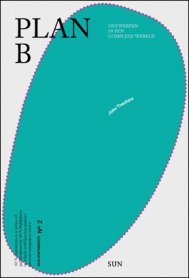
cover: dutch
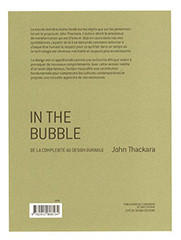
cover: French
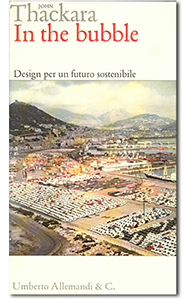
cover: Italian
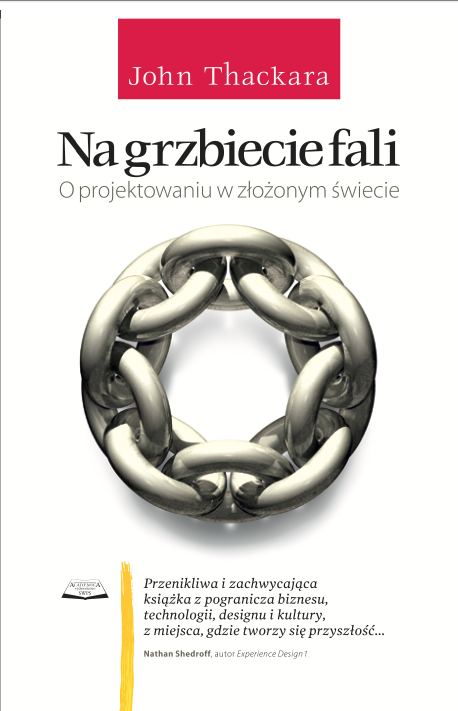
cover: Polish
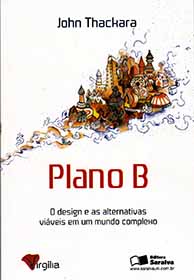
cover: Portugese

cover: Spanish
[english] Bioregioning:
Pathways to Urban-Rural Reconnection
[french] Bioregioning:
Pathways to Urban-Rural Reconnection
Wouldn’t it be great if …
The DOTT Manual
Our Planet Tonight. ThingLink. Car-Free Mobility. Mapping Landscapes. Low-Carb Lane. Eco Design Challenge. Our New School. better Lives With Dementia. Urban Farming. Our Cyborg Future. Design projects that explored what life in a sustainable region could be like – and how design can help us get there.
Published by Designs of the time (Dott 07), the UK’s social innovation biennial; the author was its Commissioner.
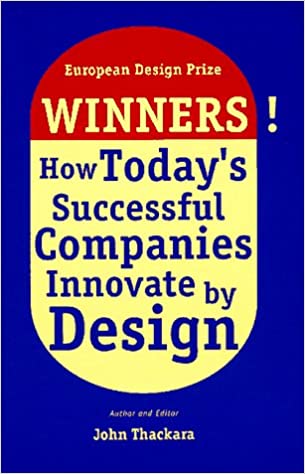
isbn 9780566079542
Winners!
How Today’s Successful Companies Innovate By Design
49 company case studies, in 32 sectors from 15 countries
55 checklists and charts about trends, ratios, statistics
162 books, websites, periodicals selected for your library
74 national and overall winners of the European Design Prize
“fascinating…best practice as the smartest way to beat the competition” Financial Times
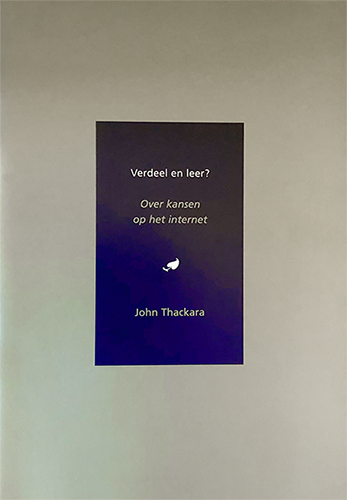
New Geographies of Learning
Verdeel en leer? Over kansen op het internet
Amsterdam:
University of Professional Education (HvA), 2003.
First published in Dutch as
Verdeel en leer? Over kansen op het internet (2000)
Clean Growth
From Mindless Development, to Design Mindfulness
This “White Paper” has been commissioned as part of a series whose aim is to stimulate thought and debate in the context of Design Innovation Scotland, which is a unique partnership of academia, business and the public sector with the common vision of developing radical solutions to real-world challenges.
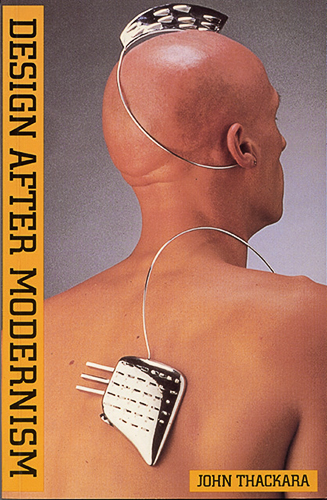
Design After Modernism
Beyond the Object
(ed)
London, Thames and Hudson, 1988
Japanese edition, Tokyo, Kajima, 1992
With essays by Marshall Berman, Kenneth Frampton, Christopher Alexander, Peter Fuller, Peter Dormer, Jean Baudrillard, John Chris Jones, Peter York and others
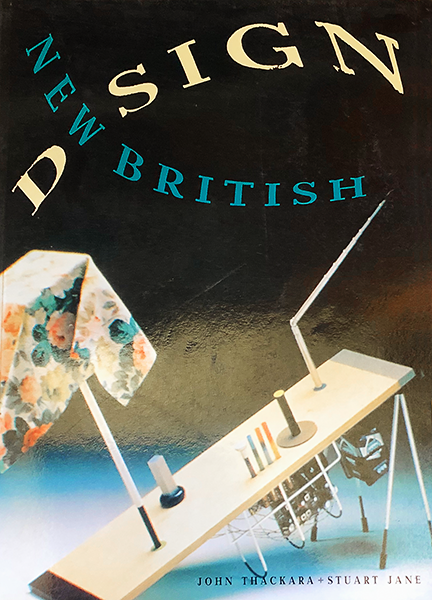
New British Design
How Today’s Successful Companies Innovate By Design
Co-edited with Stuart Jane.
London, Thames and Hudson, 1987
Published in a book for the first time are Ron Arad, Fred Baier, Judy Blame, Tom Dixon, James Dyson, Georgina von Etzdorf, John Galliano, Jasper Morrison, Paul Priestman, John Richmond, Seymour Powell, Daniel Weil and others.
Other Books
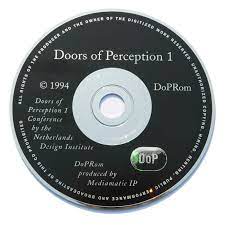
Doors of Perception CDRom; co-editor with
K. van Riet
and W. Velthoven
Amsterdam: Mediamatic, 1994
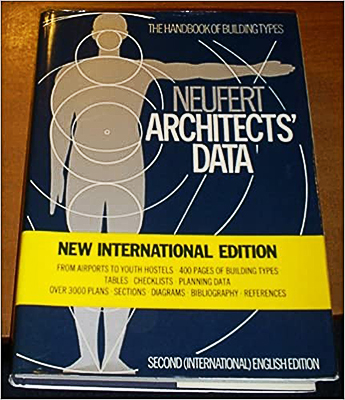
(ed. John Thackara, Vincent Jones) London: Wiley, 1992
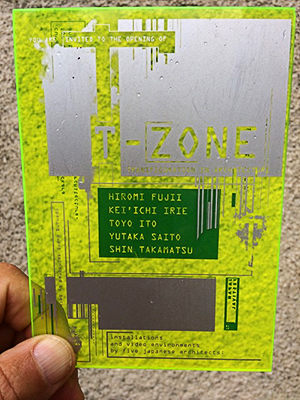
Co-edited with Riiche Miyake, Brussels: Europalia
(with Architectural Association), 1991
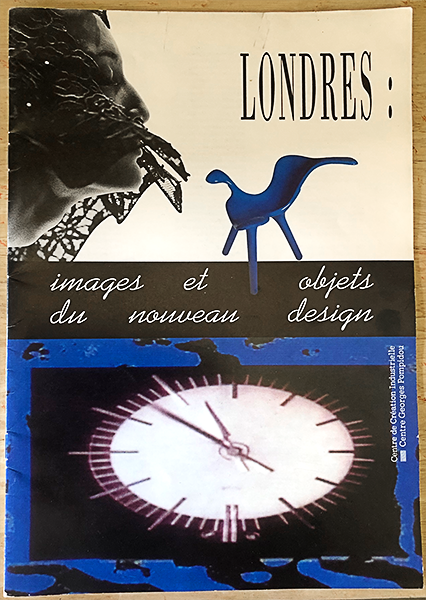
(ed). Paris: Centre Pompidou, 1990

Leading Edge, Axis Magazine, Japan 90’s
